Mastering the Art of Decision-Making: Your Path to Achieving Goals
In both personal and professional spheres, decision-making is a fundamental aspect of life. From choosing what to eat for breakfast to making critical business decisions, the choices we make shape our experiences and determine our outcomes. In this blog post, we'll delve into the art of decision-making, exploring techniques and frameworks to help individuals make better choices, set priorities, and align their actions with their goals and values.
Understanding the Importance of Effective Decision-Making
Effective decision-making is crucial for achieving success and fulfilling our aspirations. Whether we're faced with minor dilemmas or life-altering decisions, the ability to make informed choices can significantly impact our outcomes and overall well-being. By developing decision-making skills, individuals can navigate uncertainties with confidence, overcome obstacles, and progress towards their goals with clarity and purpose.
Decision-Making Techniques and Frameworks
Numerous techniques and frameworks exist to guide individuals in making better decisions. Some popular approaches include:
1. Pros and Cons Analysis: This classic technique involves listing the pros and cons of each option to weigh their advantages and disadvantages. By objectively evaluating the potential outcomes, individuals can make more informed decisions based on rational considerations.
2. Decision Matrix: The decision matrix is a tool that helps individuals evaluate multiple criteria and options simultaneously. By assigning weights to different factors and scoring each option against those criteria, individuals can identify the optimal choice that best aligns with their goals and priorities.
3. The Six Thinking Hats: Developed by Edward de Bono, the Six Thinking Hats technique involves wearing different "hats" to explore a decision from various perspectives, such as creativity, emotions, and critical thinking. By considering different viewpoints, individuals can gain a comprehensive understanding of the decision at hand and identify potential risks and opportunities.
Setting Priorities and Aligning Actions with Goals
In addition to making decisions, it's essential to set priorities and align our actions with our goals and values. This involves clarifying our objectives, identifying what matters most to us, and allocating our time and resources accordingly. By prioritising tasks and activities that contribute to our long-term aspirations, we can stay focused, motivated, and on track towards achieving our goals.
Embracing Flexibility and Adaptability
While decision-making frameworks provide valuable guidance, it's essential to remain flexible and adaptable in the face of uncertainties and changing circumstances. Life rarely unfolds according to plan, and unexpected challenges or opportunities may arise along the way. By maintaining an open mind and being willing to adjust our strategies as needed, we can navigate obstacles with resilience and creativity, ultimately leading to more successful outcomes.
The art of decision-making is a skill that can be cultivated and refined over time. By exploring different techniques and frameworks, setting priorities, and aligning our actions with our goals and values, individuals can make better choices and achieve greater success in both their personal and professional lives. Let's embrace the journey of decision-making, trusting our instincts, analysing our options, and moving forward with confidence towards our aspirations.
Get in touch today to start our journey together.
Stay committed!
Damien Frearson

